March 28, 2018
There seems to be a misconception that most in the anti-tariff camp seems to be laboring under. It is the notion that the US trade regime before the Trump tariffs represented “free trade”. Nothing could be further from the truth. Direct and indirect tariffs and trade restrictions by US trading partners are everywhere you look. There are many who cling to the dogma of “free trade good, tariffs bad” regardless of the circumstances. Even where there is no free trade or the free part is only in one direction, they persist in their desire to maintain open trade with the idea that eventually the trading partner will someday open up their markets in reciprocation.
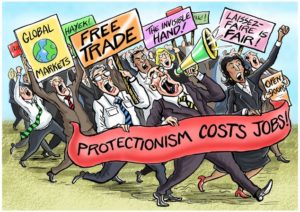
The annual US trade deficit with China is around $350 billion dollars which means every three years, the US is in the proverbial hole by $1 trillion dollars and is unsustainable. Does this mean that the US has or ever had free and open trade with China? Can a US company set up shop in China on its own and start selling products? The answer is obviously no. No US company may sell in China without using a joint venture framework in which the domestic Chinese company must be majority owner. Any technology and patents the US company intends to sell must be “handed over” to the Chinese partner thus giving China access to technology and legal patents. When a technology cannot be acquired by the Chinese using such tactics, then the technology is simply stolen. It is estimated that theft of intellectual property of US companies by China amounted of over a trillion dollars. Any profits made by a US company will be in Renminbi which cannot be returned to the US without Chinese government approval. For its part, the US does not have any similar restrictions.
Any first-year economics student can explain to you why in theory free trade is beneficial to trading partners. If country “A” produces a product cheaper than country “B” but who in turn produces a different product cheaper than A, trading between the two countries in the two products results in a greater total sum of products produced and purchased. This is basic economics. As noted however, the trading regime before the Trump tariffs did not even remotely resemble free trade. In the real world, restrictions and tariffs continue to exist and will continue to do so. Now let’s suppose country A in our example puts up restrictions and tariffs against country B while B remains completely open with no barriers or tariffs. The end result is A gets richer while B continues to buy cheap goods to its own detriment. This is not free nor fair trade.
Image and link below: March 28, 2018. The Trump Administration announced it has secured a deal with S. Korea ahead of talks with N. Korea.
The trade deal between the US and S. Korea resulted in an agreement whereas S. Korea agrees to reduce US steel exports by 30% (mostly sourced from China), agrees to open up its markets to US pharmaceuticals, and maintains existing restrictions against any imports of light trucks made with cheap Chinese steel. By all accounts, this trade deal is considered a win for the Trump administration. There are a couple of reasons why the S. Koreans agreed to favorable terms for the US and they are primarily their desire for US support in negotiations with N. Korea and the other is the threat of tariffs.
The lesson here is that while theoretical free trade is beneficial, what exists in the real world is not free trade. The best you can hope for is fair trade where the tables are level and then free trade economic principles kick in. To have fair trade, you have to have some cards to play otherwise there is no reason for your trading partner to level the playing field.
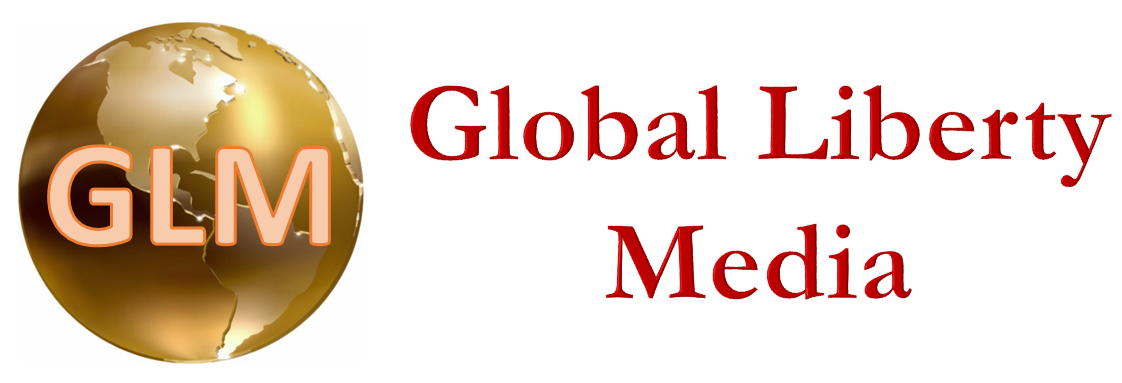



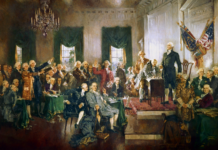


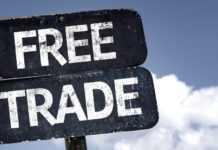

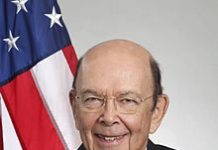















For all the sound and fury around this topic. My prediction is a year or two from now, I will be the one saying “I told you so”.
I guess the “idea” of “Free trade,” between nations is the starting point but in practice, politics, might, alliances, subterfuge and all the rest is the reality.